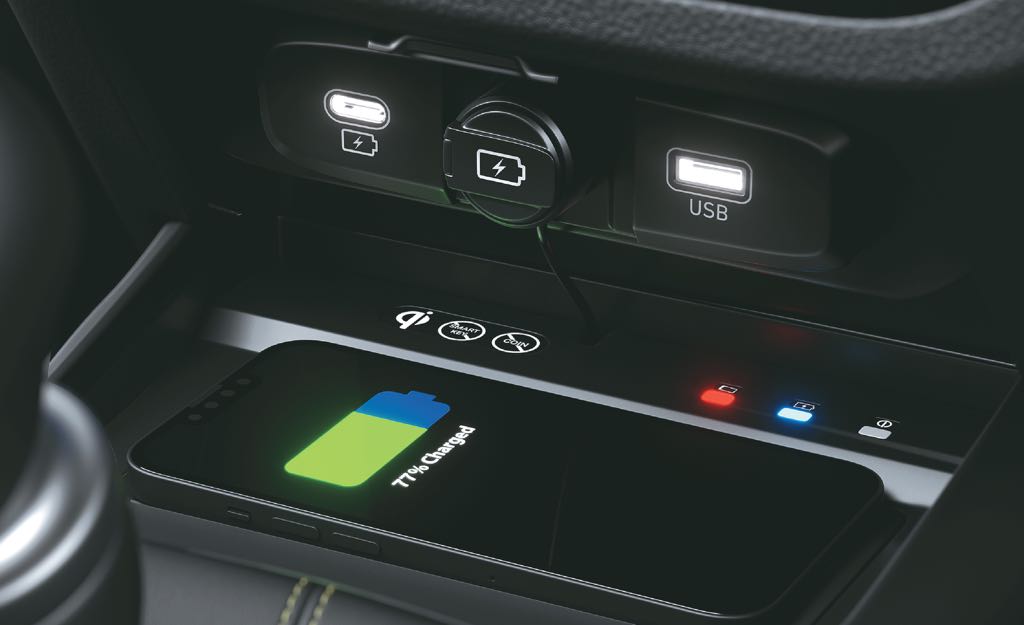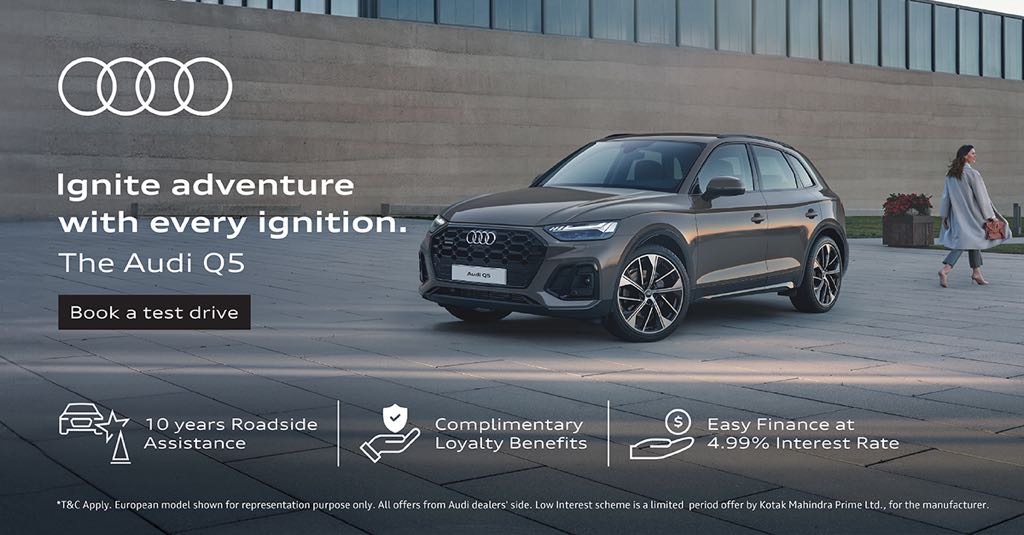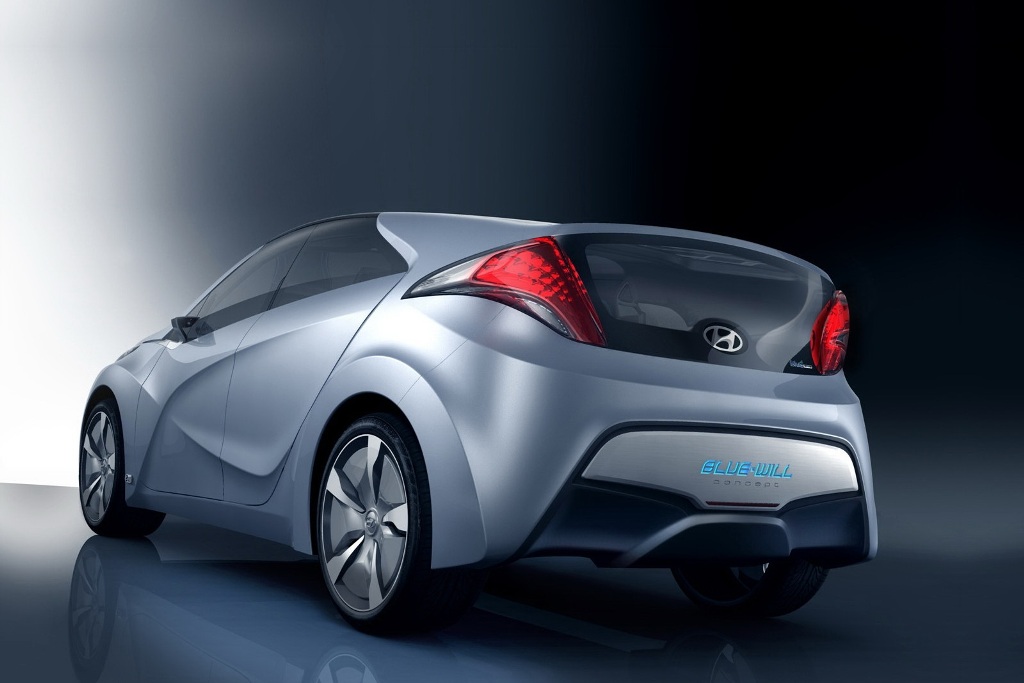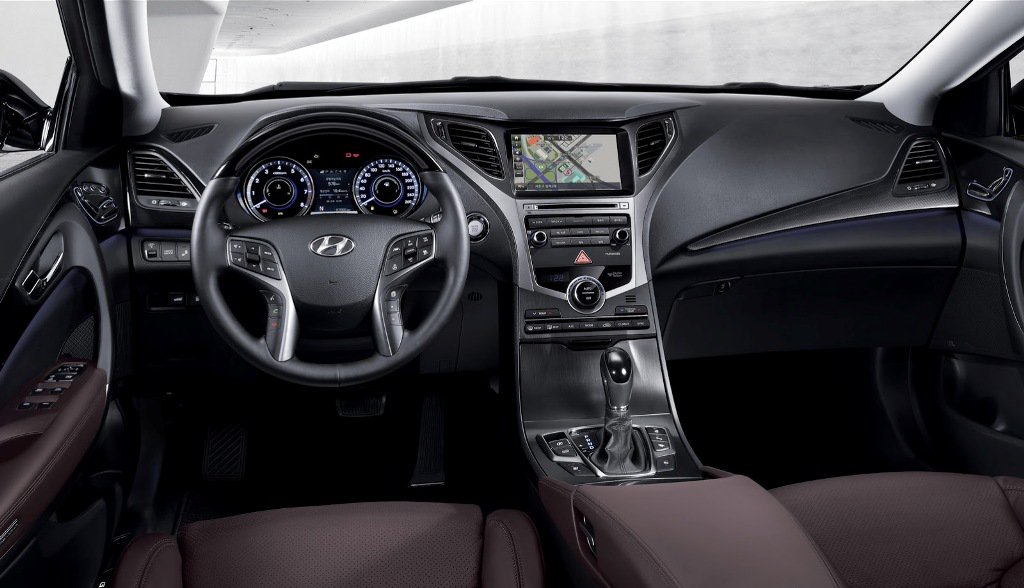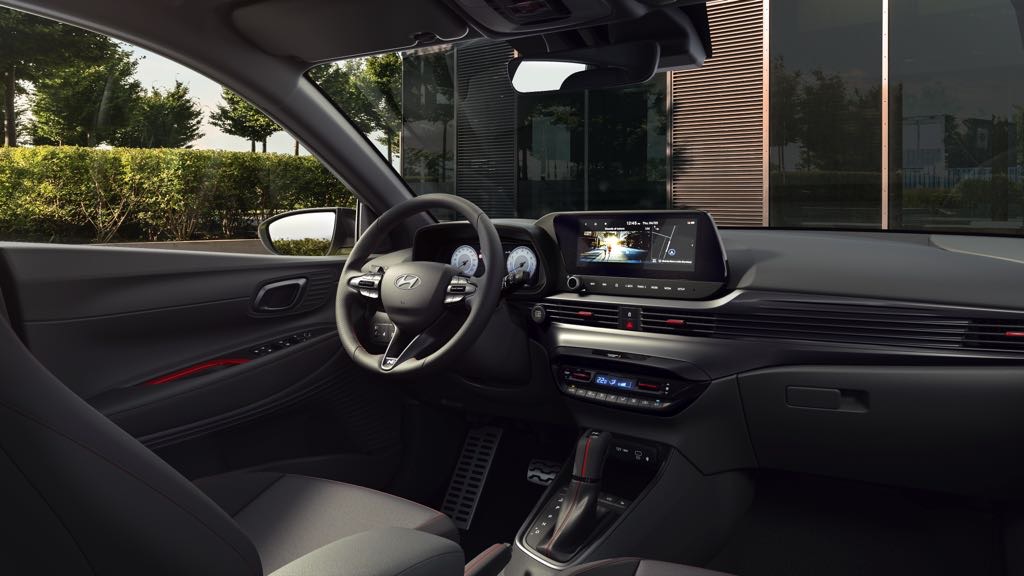
Hyundai pay to use features will be offered through subscription services
Hyundai is considering a new approach for customer engagement in the automotive industry by introducing pay-to-use features in its vehicles. This move is part of Hyundai’s broader strategy to enhance post-sale connectivity with its customers.
Marcus Welz, head of Hyundai Connected Mobility, expressed the company’s interest in exploring feature-on-demand options to offer greater personalisation within the vehicle. The announcement comes as Hyundai launches a new Europe-based division, amalgamating its car subscription service, Mocean and connected services platform, Bluelink.
Andreas-Christoph Hofmann, Hyundai’s vice-president for marketing emphasised the company’s shift towards a subscription-based model for mobility services, reflecting changing consumer preferences.
A pivotal aspect of this strategy involves a revamp of the Bluelink app, which enables remote control of various vehicle functions. The revamped app will offer three tiers of service, ranging from basic to advanced features, with subscription fees applicable for higher tiers.
Hyundai’s decision to explore pay-to-use features mirrors similar initiatives by other automakers, notably BMW. However, Hyundai aims to differentiate itself by not only offering existing features behind paywalls but also by potentially introducing new functionalities to older vehicles through software updates.
Welz hinted at the possibility of upgrading software to enhance the performance of existing hardware components, such as batteries, motors and sensors, thereby extending the lifespan of older models. While specific details about these potential upgrades remain undisclosed, Welz’s remarks suggest a focus on leveraging software advancements to maximise the utility of older vehicles.
The prospect of pay-to-use features raises questions about consumer reception and industry norms. While Hyundai’s initiative aims to enhance customer engagement and satisfaction, it also raises concerns about the potential commodification of essential vehicle features.
Critics argue that such practices could lead to a fragmented ownership experience, where certain features are accessible only through additional payments. Additionally, concerns about the equitable distribution of technological advancements across vehicle generations may emerge.
What do you think about this new strategy by Hyundai? Will it work in the Indian market? Let us know in the comments section below.
